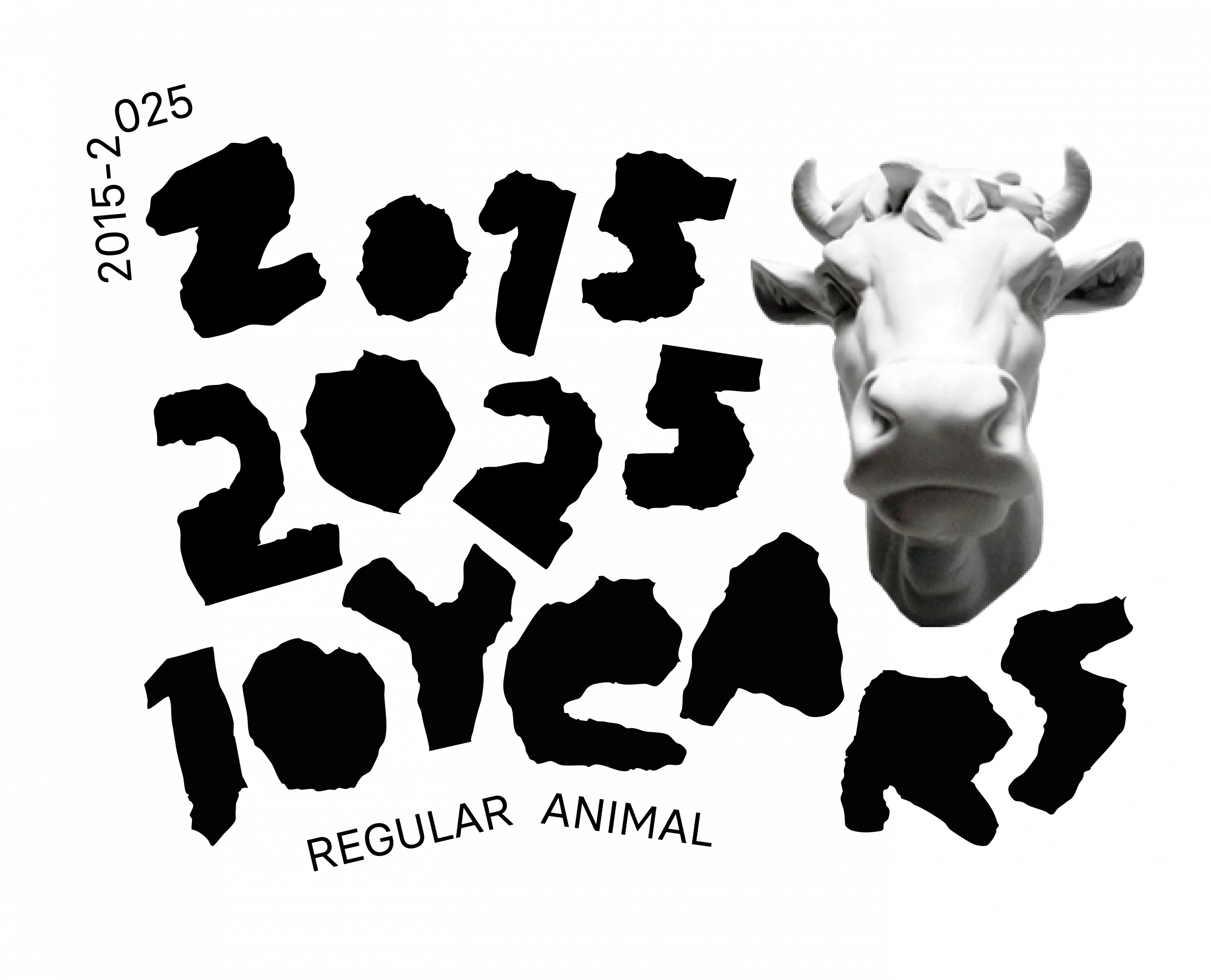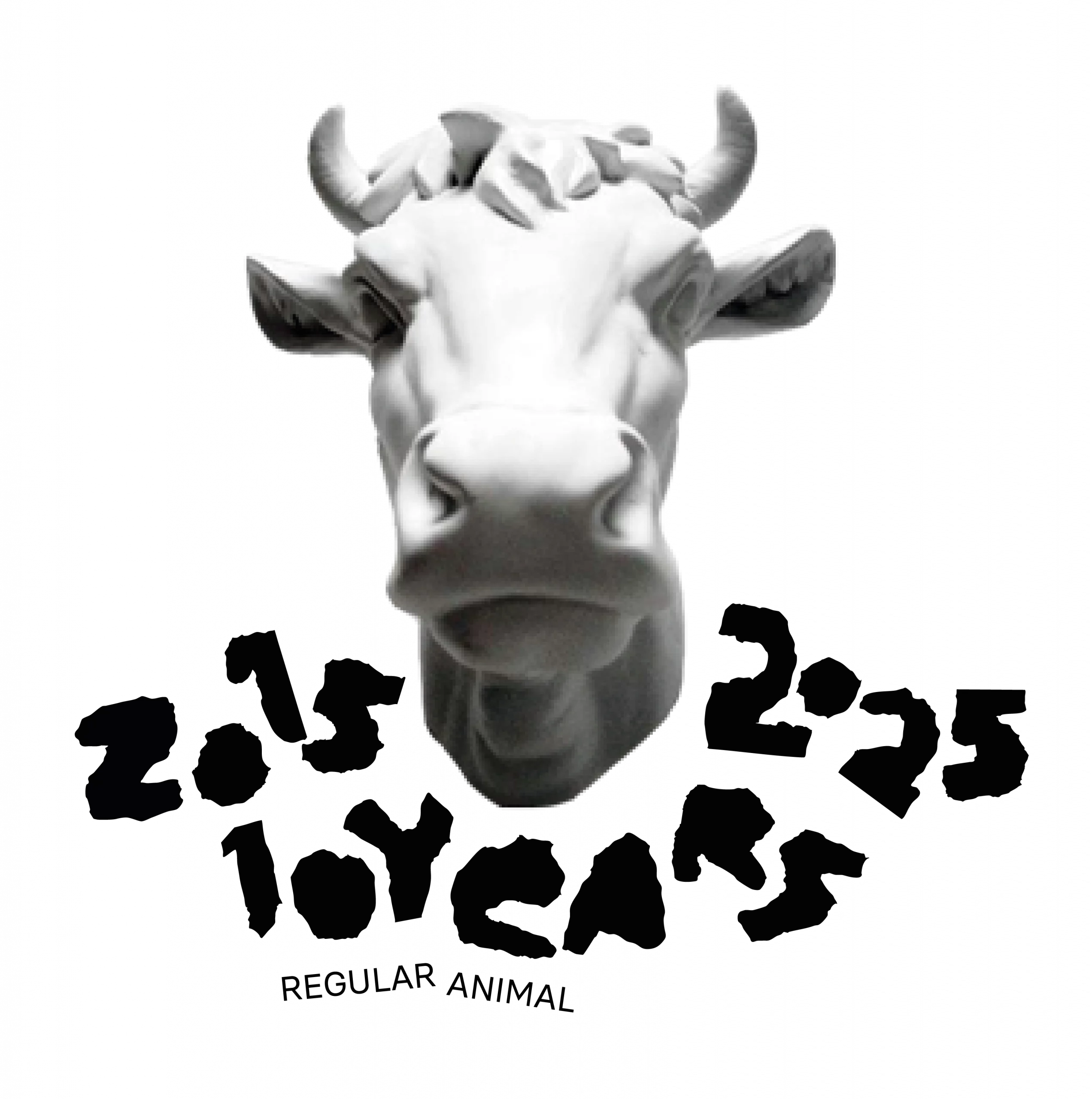Marketing Glossary · Art Direction
Art direction is the process of managing and overseeing the visual elements of a project, such as a publication, advertisement, or film. The art director is responsible for ensuring that the visual elements of the project align with the creative vision and desired message.
Art direction involves collaborating with other members of the creative team, such as designers, photographers, and copywriters, to create a cohesive and visually engaging project. The art director may provide direction on elements such as photography, illustration, typography, color scheme, and layout.
At a marketing agency, art direction may involve developing and executing the visual concepts for a campaign, including the design of print or digital advertisements, billboards, or other promotional materials. For a creative agency, art direction services are a crucial part of the creative process, as it ensures that the visual elements of a project are aligned with the desired message and creative vision.
Why is art direction important?
Art direction is important for a number of reasons:
- Establishes Creative Vision: Art direction helps to establish the creative vision for a project, such as a publication, advertisement, or film. By defining the visual elements of the project, the art director helps to create a cohesive and engaging message that aligns with the goals of the project.
- Enhances Visual Appeal: The art director plays a critical role in enhancing the visual appeal of a project. By selecting and managing the visual elements, such as photography, illustration, and typography, the art director can create a cohesive and visually engaging look that captures the audience’s attention.
- Builds Brand Identity: In advertising, art direction is a powerful tool for building brand identity. By creating a consistent visual language across a campaign, the art director can help to establish brand recognition and loyalty among consumers.
- Enhances User Experience: In publications, art direction can enhance the user experience by creating a visually appealing and engaging reading experience. By carefully considering the layout, typography, and visual elements, the art director can improve the readability and overall impact of the publication.
- Communicates Message Effectively: Ultimately, art direction plays a critical role in communicating the desired message effectively. By aligning the visual elements with the goals of the project, the art director helps to create a powerful and engaging message that resonates with the audience.
Overall, art direction is a critical aspect of the creative process, helping to establish a clear and compelling creative vision, enhance the visual appeal, and effectively communicate the desired message.
A brief history of art direction
Art direction has a long and varied history, evolving alongside changes in advertising, marketing, and media. Here is a brief overview of its history:
- Early 20th Century: Art direction in advertising first emerged in the early 20th century, as companies began to invest in creative advertising campaigns to stand out in an increasingly crowded market. Art direction was used to create memorable and visually engaging advertisements, often incorporating illustrations and typography.
- Mid-20th Century: In the mid-20th century, art direction became more influential in the film industry. Art directors were responsible for overseeing the visual elements of film production, including the sets, costumes, and overall aesthetic of the film.
- Late 20th Century: With the rise of digital media in the late 20th century, art direction became more focused on the design of websites, online advertisements, and other digital media. Art directors were responsible for creating visually engaging and intuitive user experiences in the digital realm.
- Present Day: Today, art direction continues to evolve alongside advancements in technology and changes in media consumption. Art directors play a critical role in shaping the visual identity of brands, creating memorable and impactful campaigns that capture the attention of consumers.
Overall, the history of art direction has been shaped by changes in media consumption, advances in technology, and shifts in advertising and marketing. Despite these changes, the fundamental role of art direction has remained the same: to create visually engaging and impactful campaigns that effectively communicate a brand’s message to the target audience.
How does art direction impact the customer journey?
Art direction can have a significant impact on the customer journey by shaping the way customers perceive and engage with a brand or product. Here are some ways in which art direction can impact the customer journey:
- Brand Perception: Art direction can shape the way customers perceive a brand or product by creating a distinct visual identity. A well-crafted art direction can help establish a brand’s personality and values, which can influence customers’ emotional connection with the brand.
- Awareness and Interest: Art direction can help capture customers’ attention and generate interest in a brand or product. A visually engaging and well-crafted art direction can help a brand stand out in a crowded market and encourage customers to explore further.
- Engagement and Conversion: Art direction can also impact engagement and conversion by creating a visually engaging and intuitive user experience. Effective art direction can encourage customers to explore the brand’s offerings, learn more about the products, and ultimately make a purchase.
- User Experience: Art direction is also important for enhancing the user experience of a brand’s website, social media, or other digital channels. A well-designed and visually engaging digital experience can encourage customers to spend more time engaging with the brand and ultimately build loyalty.
- Emotion and Connection: Finally, art direction can impact the emotional connection that customers feel with a brand or product. A powerful art direction can help create an emotional response in customers, whether that is a sense of excitement, curiosity, or empathy.
Overall, art direction plays a critical role in shaping the customer journey, from awareness and interest to engagement and conversion. By creating a visually engaging and cohesive experience, art direction can help to establish a brand’s identity, capture customers’ attention, and ultimately build lasting connections with customers.
Common characteristics of good art direction
There are several key characteristics of good art direction, including:
- Consistency: Good art direction maintains a consistent visual language across all elements of the campaign. This includes color schemes, typography, and imagery.
- Creativity: Good art direction is creative and innovative, using visual elements in unexpected and engaging ways.
- Relevance: Good art direction is relevant to the target audience and the brand message, capturing the essence of the brand’s personality and values.
- Coherence: Good art direction creates a coherent and cohesive message, with all visual elements working together to tell a story and convey a message.
- Impact: Good art direction has a strong impact on the audience, whether that’s through an emotional response or an increase in engagement and conversions.
- Attention to Detail: Good art direction pays close attention to the details, ensuring that every element of the campaign is carefully crafted and considered.
- Flexibility: Good art direction is flexible and adaptable, able to adjust to changes in the market, technology, and consumer behavior.
- Collaboration: Good art direction involves collaboration between the art director, designers, copywriters, and other members of the creative team, working together to create a powerful and engaging message.
Overall, good art direction is essential for creating effective and impactful advertising campaigns. By maintaining a consistent visual language, being creative and relevant, creating a coherent message, and paying attention to the details, art direction can capture the audience’s attention and build a lasting connection with the brand.
Looking for a Miami creative agency to help with your art direction needs? Check out our art direction services.
 Skip to main content
Skip to main content
